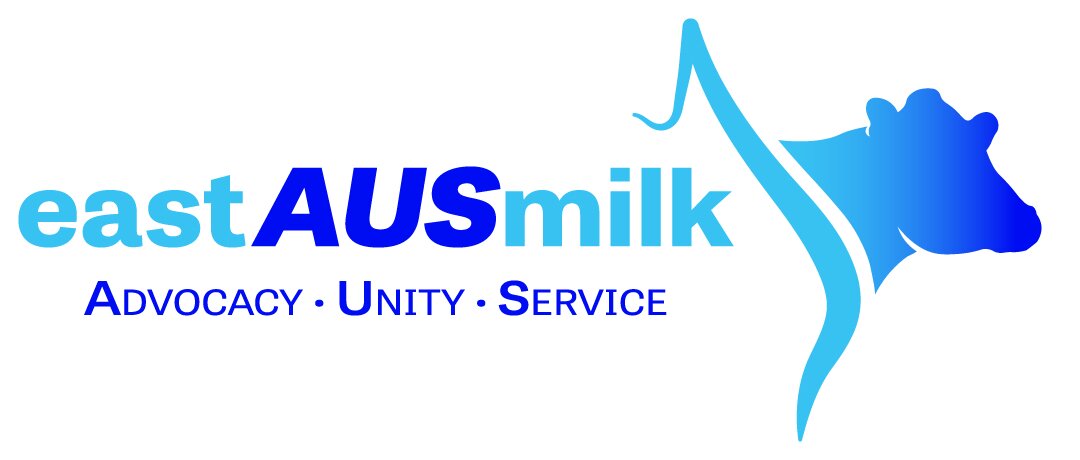Australian Dairy Products Federation call for government assistance
Sky-high farmgate figures coupled with low retail prices have led dairy processors to make an extraordinary plea to government.
Australia’s dairy processors need immediate government assistance, their chief advocate says, otherwise rationalisation is a high risk.
The Australian Dairy Products Federation has warned mounting costs are jeopardising the ability of processors to maintain the dairy status quo on the nation’s supermarket shelves.
Writing exclusively for The Weekly Times, ADPF executive director Janine Waller said rising energy bills, labour shortages as well record-breaking milk prices were taking a toll on processors big and small.
Less than a fortnight ago, several processors broke the $10/kg milk solids ceiling — only four months after the very same factories were offering prices around $7.50/kg to kick off the 2022-23 financial year.
“Dairy processors are contending with surging costs,” Ms Waller said.
“Not just (the cost of) raw milk, but steep rises in gas and electricity, fuel and freight, packaging, as well as labour shortages and the costs associated with devastating floods along the east coast.
“(This is) confounded further by the difficulty to pass full price increases through the supply chain.
“To ensure dairy processors can continue to put Australian’s favourite dairy products on shelves for years to come, it is critical that the industry and government collaborate effectively to help establish a profitable and sustainable supply chain for all.”
The processor plea is not isolated to dairy, with famed Shepparton cannery SPC warning it would need to raise prices if government support wasn’t forthcoming.
“As an industry, Australian manufacturing must find a collective solution to the energy crisis for the benefit of Australian consumers and the broader community,” SPC chief executive Robert Giles told The Weekly Times last month.
“We encourage the Government to accelerate its push to oversee a rebuild of Australia’s manufacturing base to bolster local food security and build a more resilient local supply chain. “It’s about investment and it’s about technology.”
ADPF executive director JANINE WALLER says the whole dairy supply chain needs to be profitable to keep Australian dairy on shelves.
As we move into the new 2022-23 milk season, the pre-farmgate celebrations of unprecedented record milk prices are peppered with the realities of post-farmgate pressures.
The current market conditions risk crippling Australian value-added milk processing businesses. And the significant biosecurity threats nearing our shores, further exacerbate that.
To ensure dairy processors can continue to put Australian’s favourite dairy products on shelves for years to come, it is critical that the industry and government collaborate effectively to help establish a profitable and sustainable supply chain for all.
Dairy processors are contending with surging costs – not just from raw milk, but steep rises in gas and electricity, fuel and freight, packaging, as well as labour shortages and the costs associated with devastating floods along the east coast – confounded further by the difficulty to pass full price increases through the supply chain.
There is no doubt that 2022-23 will be remembered for its record high opening farmgate milk price in the Southern Milk Region, with the recent Milk Value Portal Q2 Dairy Market Insight report (June) showing opening prices averaged $9.55kgMS, $2kgMS or almost 30% above full-season 2021-22 average prices.
Since 1 June, milk prices have continued to climb as processors jostle to secure supply and lock in contracts for the year ahead. Whilst this is positive news for producers and will help alleviate on-farm challenges, the reality is, if we continue to experience such volatility then our industry faces an extremely difficult future and will continue to do so until the value of dairy products is better reflected in their price. No other commodity market in the world requires processors to announce farmgate milk prices 13 months out from the seasons end, leaving dairy processors totally exposed.
Whilst demand remains strong for dairy, to maintain supply and the value of our products to consumers, we need that core ingredient of ‘raw milk’. Just 20 years ago, we produced 11 billion litres of raw milk and the 2020/21 season is expected to finish around 8.6 billion litres, 3.5% down on the prior year. The new seasons volumes are expected to stabilise, but still be down 1%. We must arrest the decline and grow the raw milk pool.
The dairy processing sector generates close to $16 billion in revenue each year and more than doubles the value of raw milk between farm gate and the consumer. We create more than 70,000 jobs, of which 29% are directly within dairy processing and more than half (56.5%) are in regional Australia. Our reputation for delivering high quality, nutritious dairy products that are enjoyed locally and around the world is second to none – we export around 32 per cent of our milk production, valued at $3.3 billion.
But the reality is, without immediate and long-term interventions there is a high-risk dairy processor will rationalise their operations, which will hit regional Australia hard – jobs and local economies.
Why then is such an essential component of Australia’s agricultural industry, with such a positive story to share, left so unprotected?
The next three years, working in partnership with a new government and key Ministers, must be a period of real change.
For ADPF, our new 3-year strategic plan will deliver a road map to greater profitability and sustainability for our sector and focus on addressing the barriers to profitable raw milk production growth, attracting skilled labour, and prioritising strategic international trade partnerships, along with climate adaptation initiatives and ensuring dairy’s health credentials as part of everyday diets are well understood.
All parts of the dairy supply chain need to be viable, but we need the right reforms, resources and tools to enable this.

